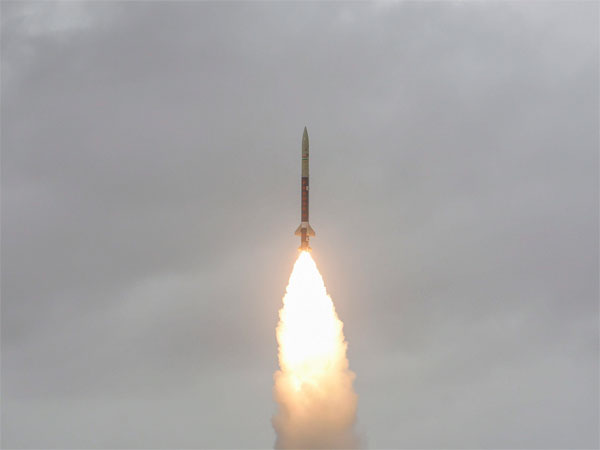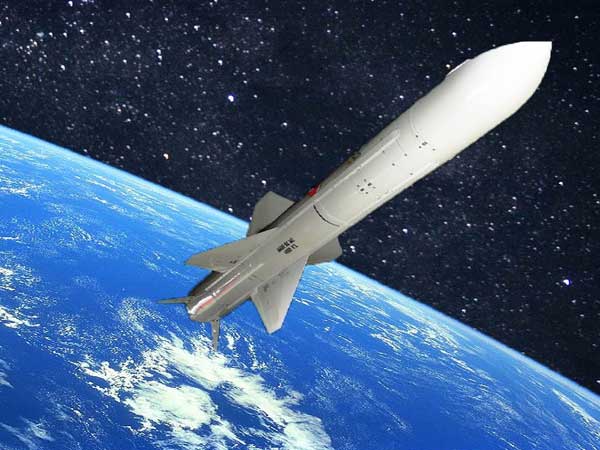 English
English

India on Wednesday said that its anti-satellite (A-SAT) weapon that successfully destroyed a decommissioned Indian satellite on a Low Earth Orbit (LEO), is not directed against any country and its space capabilities do not threaten anyone.

New Delhi: India on Wednesday said that its anti-satellite (A-SAT) weapon that successfully destroyed a decommissioned Indian satellite on a Low Earth Orbit (LEO), is not directed against any country and its space capabilities do not threaten anyone.
"Test is not directed against any country. India’s space capabilities does not threaten any country nor are they directed against anyone. At the same time, the government is committed to ensuring country’s national security interests and is alert to threats from emerging technologies," the Ministry of External Affairs (MEA) said while giving out details of the test.
"The capability achieved through the Anti-Satellite missile test provides credible deterrence against threats to our growing space-based assets from long-range missiles, and proliferation in the types and numbers of missiles," it added.
Giving out details of the A-SAT test, the MEA said: "On March 27, 2019, India conducted Mission Shakti, an anti-satellite missile test, from the Dr. A P J Abdul Kalam Island launch complex. This was a technological mission carried out by DRDO. The satellite used in the mission was one of India’s existing satellites operating in lower orbit. The test was fully successful and achieved all parameters as per plans. The test required an extremely high degree of precision and technical capability."
Also Read: PM Modi: India enters its name as elite space power
"The significance of the test is that India has tested and successfully demonstrated its capability to interdict and intercept a satellite in outer space based on complete indigenous technology. The satellite used was an Indian satellite," the MEA statement said.

With this test, India joined an exclusive group of space-faring nations consisting of the USA, Russia and China.
New Delhi said that DRDO’s Ballistic Missile Defence interceptor was used during the test, which is part of the ongoing ballistic missile defence programme.
Clarifying over the use of Kinetic Kill technology for carrying out the test instead of other ways to demonstrate A-SAT capabilities such as "fly-by tests” and jamming, the MEA said: "This is a technology where we have developed capability. Space technologies are constantly evolving. We have used the technology that is appropriate to achieve the objectives set out in this mission."
India underlined that the test was done in the lower atmosphere to ensure that there is no space debris generated will decay and fall back onto the earth within weeks.
Also Read: PM Modi: India enters its name as elite space power

The statement further noted: "The tests were done after we had acquired the required degree of confidence to ensure its success, and reflects the intention of the government to enhance India’s national security."
India is a signatory to the 1967 Outer Space Treaty, which states that only weapons of mass destruction are prohibited in outer space and not ordinary weapons. India is not in violation of any international law or Treaty to which it is a Party or any national obligation," the government clarified.
"The test was done to verify that India has the capability to safeguard our space assets. (ANI)